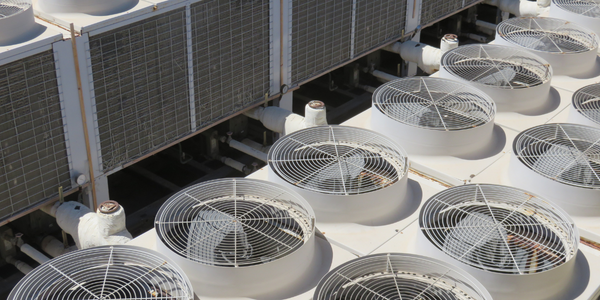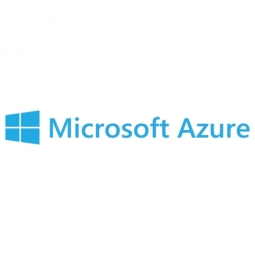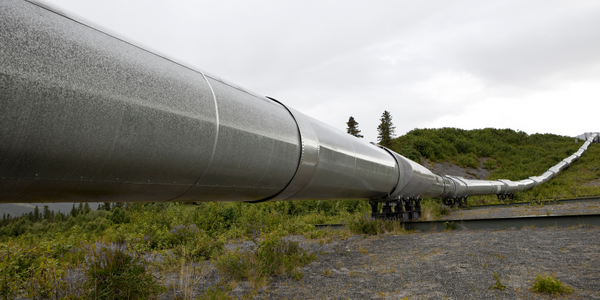Customer Company Size
Large Corporate
Region
- Europe
Country
- Austria
Product
- Azure Synapse Analytics
- Azure Data Factory
- Azure Data Lake
- Power BI
- Dynamics 365
Tech Stack
- Azure Cloud Services
- SQL Server
- IoT
- Predictive Analytics
Implementation Scale
- Enterprise-wide Deployment
Impact Metrics
- Productivity Improvements
- Digital Expertise
- Revenue Growth
Technology Category
- Analytics & Modeling - Predictive Analytics
- Platform as a Service (PaaS) - Data Management Platforms
- Infrastructure as a Service (IaaS) - Cloud Databases
Applicable Functions
- Process Manufacturing
- Business Operation
Use Cases
- Predictive Maintenance
- Process Control & Optimization
- Remote Asset Management
Services
- Cloud Planning, Design & Implementation Services
- System Integration
- Training
About The Customer
RHI Magnesita is a global leader in the refractory industry, providing essential materials for manufacturing everyday products like glass and steel. With over 100 years of experience, the company has established itself as a key player in the industry, offering a full range of services from raw material extraction to recycling. RHI Magnesita operates in more than 100 locations worldwide and employs over 14,000 people. The company is committed to innovation and digital transformation, aiming to enhance its service offerings through technology and data-driven solutions. By leveraging advanced analytics and cloud-based platforms, RHI Magnesita seeks to improve efficiency, integrate supply chains, and provide new digital services to its industrial customers.
The Challenge
RHI Magnesita, a world leader in refractories, faced the challenge of expanding their digital services to customers. They aimed to offer not just managed installation of refractory products but also continuous monitoring and predictive analytics to enhance efficiency and avoid unnecessary production shutdowns. This required a significant digital transformation and rebuilding of their IT infrastructure on Azure. The merger of RHI and Magnesita in 2017 added complexity to their data management, necessitating a more flexible and scalable data infrastructure. The company needed to consolidate disparate IT systems and manage increased data demands post-merger, which their existing on-premises solutions could no longer handle effectively.
The Solution
RHI Magnesita partnered with oh22 to migrate their IT infrastructure to Azure, creating a modern data warehouse that supports their new digital business model. This transformation involved leveraging Azure Synapse Analytics to build a centralized analytics platform, enabling the company to offer new data-driven services. The platform allows for flexible data management, cost control, and scalability, supporting the development of industrial software solutions. Azure Data Factory and Azure Data Lake were integrated to store data cost-effectively and democratize access to analytics tools like Power BI. The migration to Azure provided a foundation for RHI Magnesita to develop predictive analytics and IoT solutions, enhancing their service offerings and creating new revenue streams. The company invested in training and education to reskill their team, ensuring successful adoption of the new technology.
Operational Impact
Quantitative Benefit

Case Study missing?
Start adding your own!
Register with your work email and create a new case study profile for your business.
Related Case Studies.

Case Study
Remote Monitoring & Predictive Maintenance App for a Solar Energy System
The maintenance & tracking of various modules was an overhead for the customer due to the huge labor costs involved. Being an advanced solar solutions provider, they wanted to ensure early detection of issues and provide the best-in-class customer experience. Hence they wanted to automate the whole process.
.png)
Case Study
Improving Vending Machine Profitability with the Internet of Things (IoT)
The vending industry is undergoing a sea change, taking advantage of new technologies to go beyond just delivering snacks to creating a new retail location. Intelligent vending machines can be found in many public locations as well as company facilities, selling different types of goods and services, including even computer accessories, gold bars, tickets, and office supplies. With increasing sophistication, they may also provide time- and location-based data pertaining to sales, inventory, and customer preferences. But at the end of the day, vending machine operators know greater profitability is driven by higher sales and lower operating costs.

Case Study
Predictive Maintenance for Industrial Chillers
For global leaders in the industrial chiller manufacturing, reliability of the entire production process is of the utmost importance. Chillers are refrigeration systems that produce ice water to provide cooling for a process or industrial application. One of those leaders sought a way to respond to asset performance issues, even before they occur. The intelligence to guarantee maximum reliability of cooling devices is embedded (pre-alarming). A pre-alarming phase means that the cooling device still works, but symptoms may appear, telling manufacturers that a failure is likely to occur in the near future. Chillers who are not internet connected at that moment, provide little insight in this pre-alarming phase.

Case Study
Remote Wellhead Monitoring
Each wellhead was equipped with various sensors and meters that needed to be monitored and controlled from a central HMI, often miles away from the assets in the field. Redundant solar and wind generators were installed at each wellhead to support the electrical needs of the pumpstations, temperature meters, cameras, and cellular modules. In addition to asset management and remote control capabilities, data logging for remote surveillance and alarm notifications was a key demand from the customer. Terra Ferma’s solution needed to be power efficient, reliable, and capable of supporting high-bandwidth data-feeds. They needed a multi-link cellular connection to a central server that sustained reliable and redundant monitoring and control of flow meters, temperature sensors, power supply, and event-logging; including video and image files. This open-standard network needed to interface with the existing SCADA and proprietary network management software.









